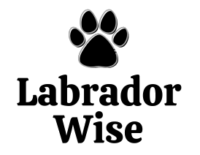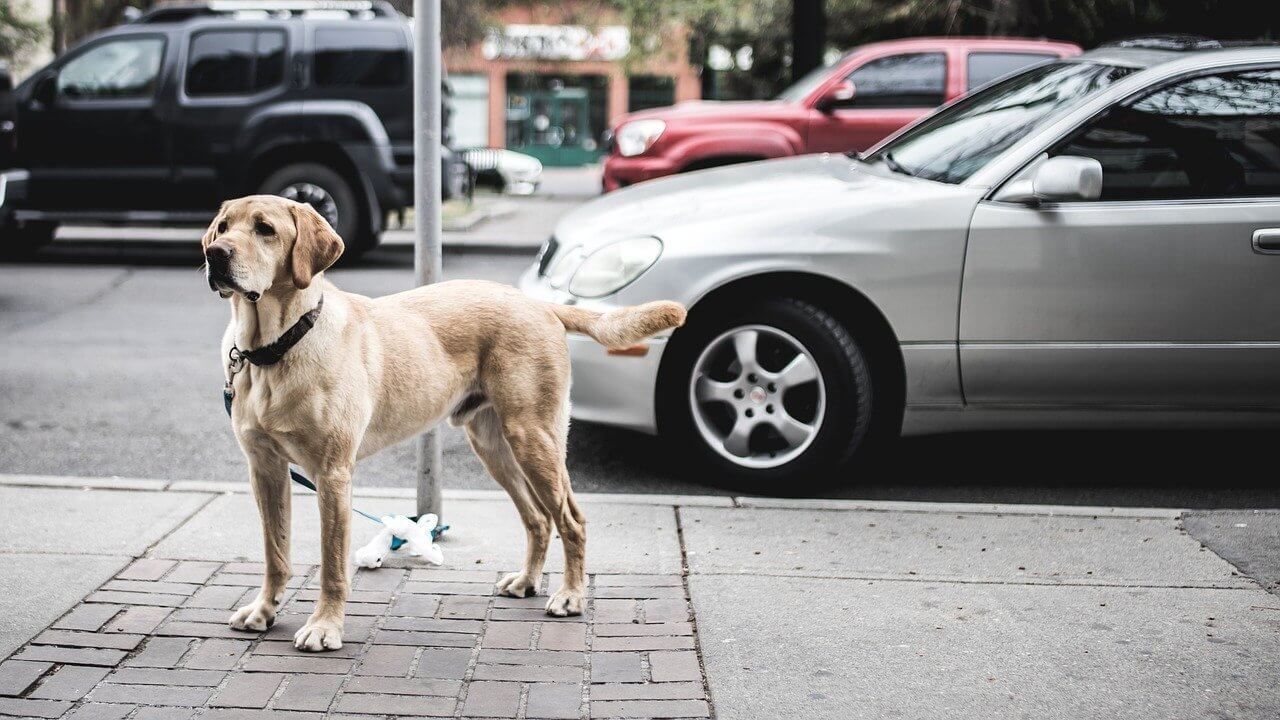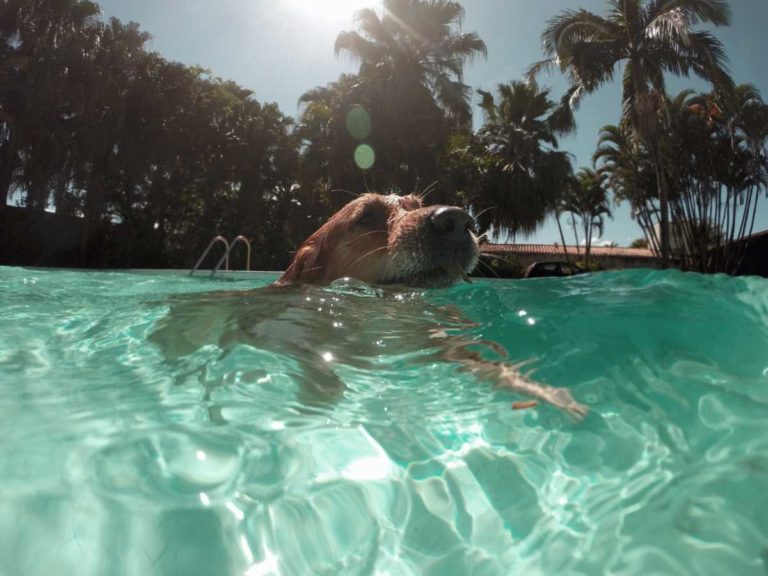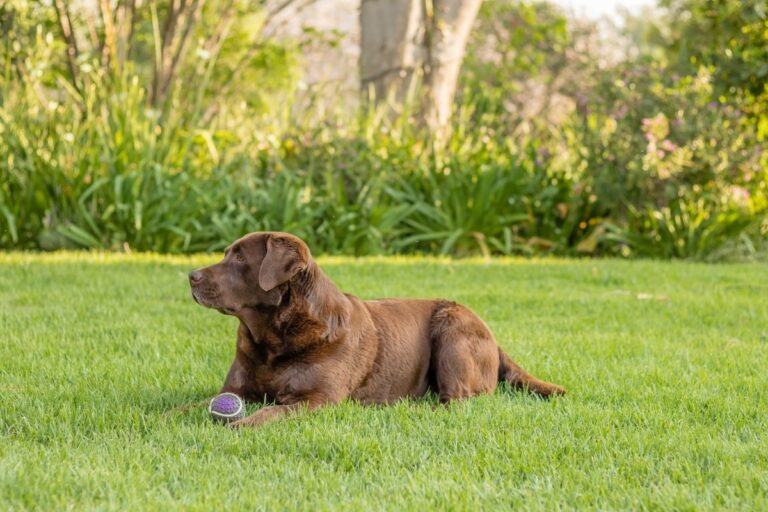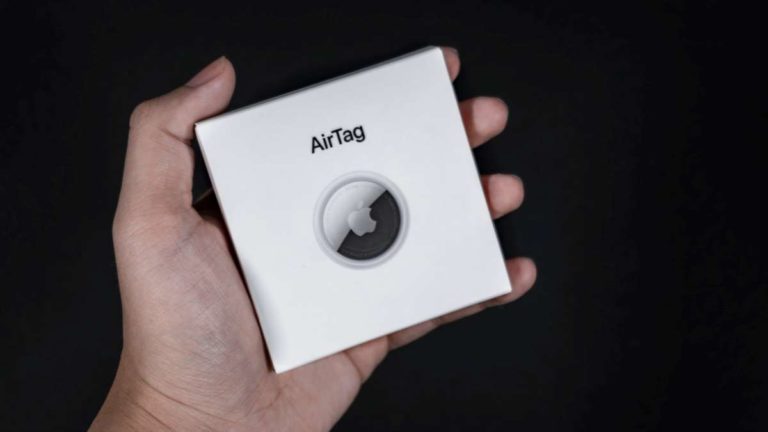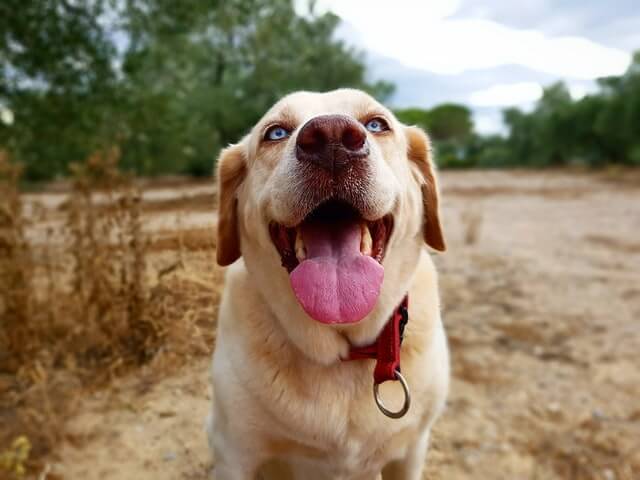We’re all familiar with the most common dog training commands that most owners teach their new puppies and adopted dogs. You’re probably familiar with dog training commands such as sit, stay, lie down, come, and leave it.
There is one other critical dog training command that your dog probably doesn’t know yet, and it’s one that could save their life. We recommend you teach this command right away.
We’re talking about the training command, “Wait.”
By teaching your dog to learn “Wait,” you can save them from many impulsive instances where they may be in danger: running in the road on a walk, being possibly hit by a car, getting in a dog fight with another dog, knocking over small children, or eating something poisonous that can cause severe illness.
(This article may contain affiliate links. As an Amazon Associate I earn from qualifying purchases. Learn more)
The Importance of Teaching Your Dog “Wait”
Labs are one of many dog breeds that are active, athletic, and at times, impulsive. If you’re familiar with the typical behavior traits of Labradors, they are high-energy and very easily motivated to retrieve, play, and run.
Most Labs are very curious dogs, and their love of the outdoors can sometimes pose a training challenge.
It’s very easy for a playful Lab to get distracted and forget some of their training skills when outside, around nature, or around other dogs, interesting smells, delicious food, and friendly people.
While it’s important to teach a variety of training commands to your dog, many people don’t know the importance of teaching the command, “Wait.”
“Wait” can be used in many real-life situations where your dog is about to react impulsively and you need a moment to pause your dog’s impulses and intervene.
This can be preferable to using “Stay” in circumstances where you don’t intend your dog to remain in one spot for more than a few seconds, and your dog is faced with an exciting temptation.
“Stay” is usually used in situations where your Lab is going to remain in one location for a slightly longer period of time.
“Wait” is more utilized as a pause, or a brief hold, while continuing on momentarily afterward in another movement.
For example, you could use “Stay” to have them lie down during a meal, but use “Wait” to have them remain calm while you’re scooping food or putting down their bowl to eat.
When to Use the Dog Command “Wait”
The “Wait” dog training command has dozens of uses in daily life with Labradors. It’s one of the first commands we teach all of our Labs and one we use regularly.
For example, you can teach your Labrador to “Wait” at every crosswalk on your daily walk, until they begin to make it a habit to wait for you to see if the road is clear before crossing. This can prevent them from being hit by a car.
We have our Labradors trained to “Wait” at every crosswalk until we give a release command, which can also help with behaviors such as leash pulling because the dog knows to expect to slow down and pause at the next breakpoint.

This command also teaches them that if they ever get off-leash and ahead of you, they will wait at the next crosswalk in case they can’t hear you calling back for them.
You can also teach your Lab to “Sit” at the crosswalk after the “Wait” command is given, which might be an extra layer of protection for your dog if you live in an area with very busy roads or a lot of heavy traffic.
You can use the “Wait” command to teach your dog if something is dropped on your kitchen floor not to eat it (or go near it) until you’ve had a chance to pick it up. This is helpful if you’re cooking with something toxic to dogs, such as onions or avocados.
Another great use of the command “Wait” is to keep your dog from running out the door when you open it to go outside until you’ve had a chance to see if it’s clear and you’re ready for them to go out.
If you have kids, learning to wait can prevent the dog from accidentally jumping on or running over your smaller, delicate family members.
It’s also a helpful command at mealtimes when you’re scooping food or serving dog food, as Labs often get a little overexcited about their food and can get a bit out of control.
“Wait” is a valuable training command, and it’s one that’s commonly overlooked.
Many dog schools don’t even teach it, yet it’s one of the most valuable and critical dog training commands for safety. It has many uses and can save your Labrador from impulsive behavior or hazards that could pose a threat to their safety.
How to Teach This Critical Dog Training Command
Fortunately, Labradors are known for being intelligent dogs who are fast learners and easily trained.
There are many different methods for training your dog, but we’ve had success using positive training methods with our Labradors, who have always been very excited to learn new skills when given a treat reward.
You can begin to teach the “Wait” command in very short intervals, only taking a few minutes each time.
Follow these easy steps to teach “Wait”:
- Begin in a distraction-free, quiet environment, preferably inside and away from other people and dogs.
- Take a high-value dog treat and put in on the floor in front of your dog, covering it with your hand.
- Say the command, “Wait.”
- Immediately remove your hand and give a “release word” such as, “OK” or “Yes” to allow the dog to get the treat.
- Repeat 5-10 times, removing your hand within a second or two after saying the “Wait” command.
- At first your dog might try to get the treat while your hand is still there; that’s OK! Labs are very playful and love to play a new game. Be consistent.
- As you repeat this process, gradually build up and extend how long your dog waits before you give the treat reward, waiting no longer than about 3-5 seconds in the first few training sessions.
- Practice 3 times per day for about 3-5 minutes each.
- After several days or weeks of practice, try taking your hand off the treat and leaving the treat uncovered, while giving the “Wait” command. Your dog should gradually be able to resist their impulse to take the treat for up to 10-15 seconds until you give the release word.
- Remember, this isn’t a long pause or extended hold, like “Stay.” This is used to help your dog shift and hold briefly, while expecting another command from you.
- After learning this command inside, gradually continue this training in more challenging environments, such as when holding their dog bowl at meals, opening a door, or waiting to cross streets on their walks. Continue to use treats to reinforce in those environments.
- Make sure your dog is ready when you add additional challenges and don’t overwhelm them too soon.
Summary
Labrador Retrievers can be energetic, intelligent, and athletic dogs, and like many other breeds, can be a bit impulsive.
Sometimes their impulsivity can pose a risk to them, when you’re crossing or walking on busy streets, around unfamiliar surroundings, or when they see something interesting that could cause them harm.
Teaching the critical dog command “Wait” can help your Labrador interrupt their impulse to react and cause them to pause for a moment while you’re able to intervene or get control of a situation.
If your Labrador doesn’t know this important command, follow these easy instructions and start teaching them today!
